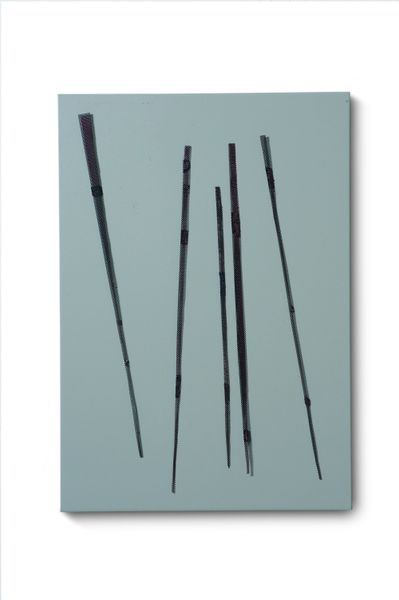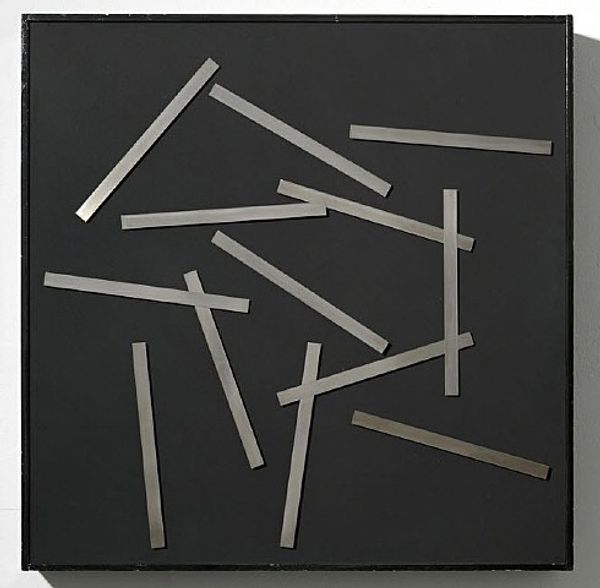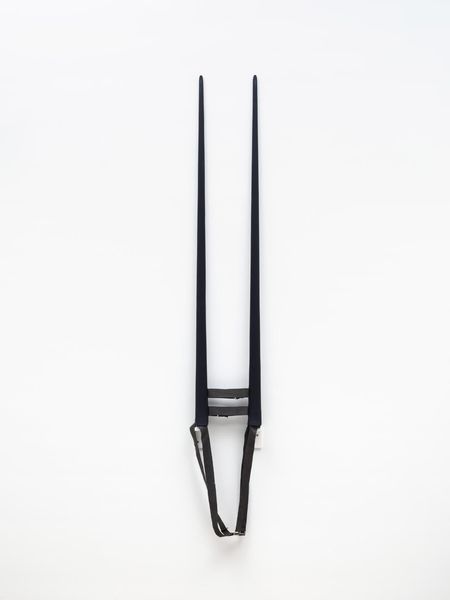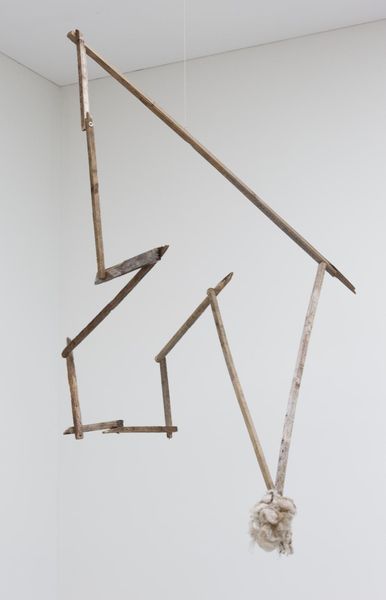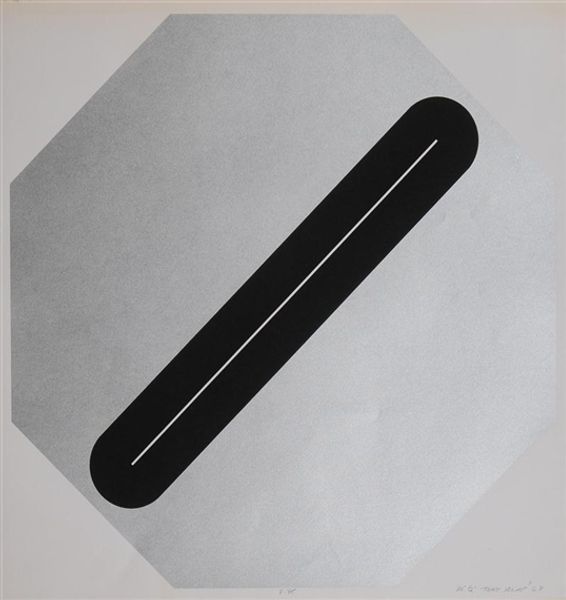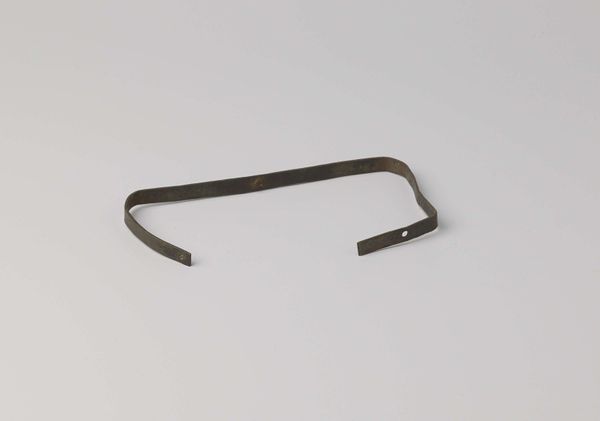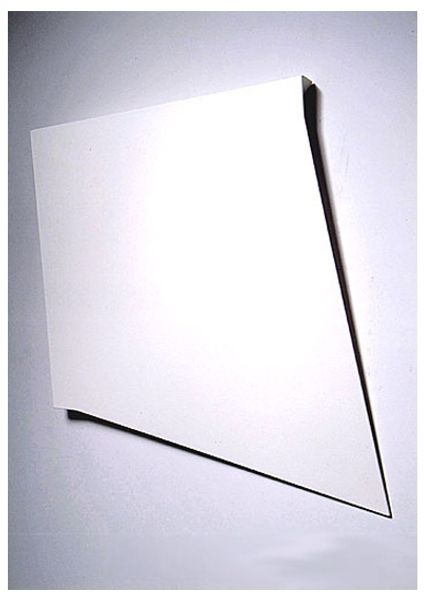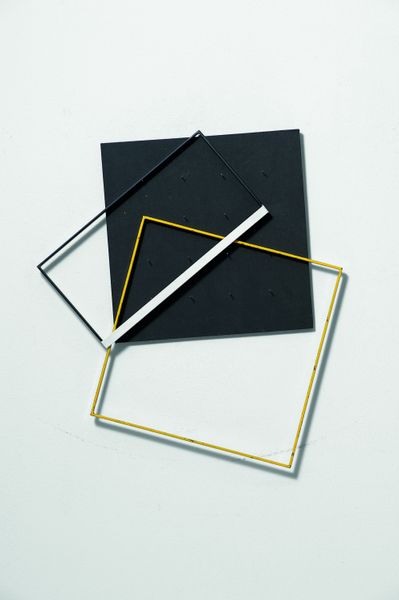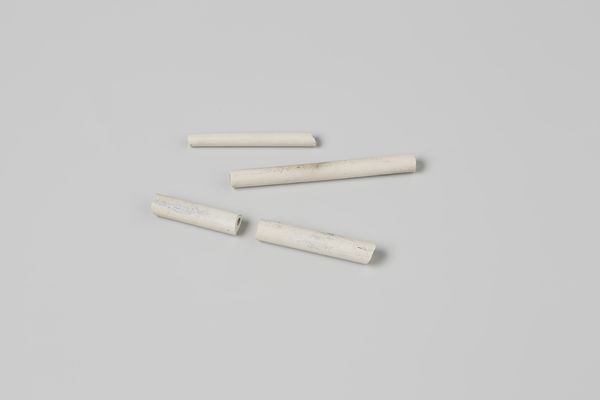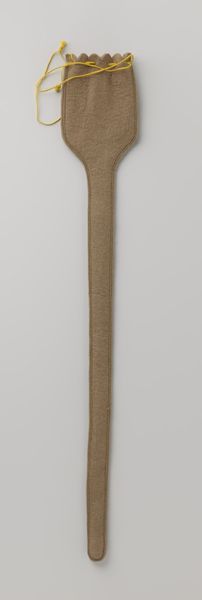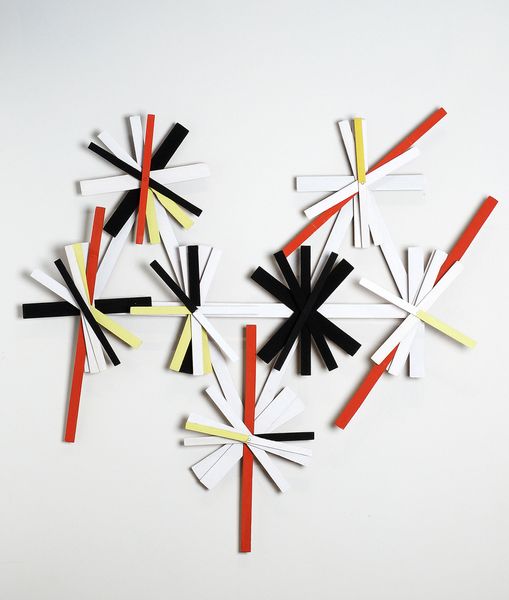
mixed-media
#
mixed-media
#
concrete-art
#
geometric
#
geometric-abstraction
#
abstraction
#
line
Copyright: Raul Lozza,Fair Use
Curator: "Dibujo Concreto 11k," created in 1947 by Raul Lozza. What strikes you about this mixed-media piece? Editor: Well, it feels incredibly stark, almost like fragmented thoughts scattered across a clean, bright surface. There's something unsettling yet also harmonious about its simplicity. Curator: Yes, it's deceptive, isn’t it? Lozza, a key figure in Argentinian Concrete art, meticulously plays with positive and negative space here. The geometric bars, the "dibujo" or drawing, challenge traditional notions of representation. Do you think those shadows impact on that simplicity at all? Editor: Absolutely, that careful consideration gives those bars a grounded, solid presence, they aren't just floating but held, deliberately. They are minimal, but they command our attention; there's a primal feel, of something important expressed in an accessible, direct language. The shadow feels very self aware and it changes depending on your viewing perspective! It changes as culture and environment changes too, depending on whether these were conceived indoors with electric lighting or outside with a natural sunlight in his time. I find that really striking in Concrete art; something simple creating an open field of multiple interpretations! Curator: I agree entirely. In removing all familiar pictorial references, Lozza compels us to engage directly with form, color—or the absence of it—and spatial relationships. This idea, of a universal, non-referential art, fascinated many artists at the time as if the work needed to be so simplistic to say all there is about modern man. Do you get that sense from the art here, a message about modern humanity? Editor: Maybe "message" is too strong, but definitely a mood. Those shapes could represent anything: falling debris, scattered building blocks, or even lines of text, fragmented communication. What I feel looking at these shapes is almost Rorschach-like; the sparseness encourages projection, interpretation of what we're missing as viewers, or where the pieces can belong together. I enjoy the neutrality Lozza cultivates as a base from which our understanding is constructed. The simplicity encourages that more personal engagement in response. Curator: And the beauty, paradoxically, arises from that lack. The work resists easy interpretation and forces active contemplation. Editor: Yes, leaving you room to explore and decide about all that is not given. It seems a rather profound commentary when you see beyond the lines on a paper!
Comments
No comments
Be the first to comment and join the conversation on the ultimate creative platform.
